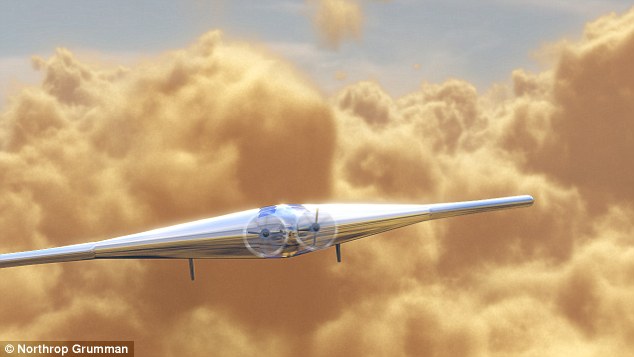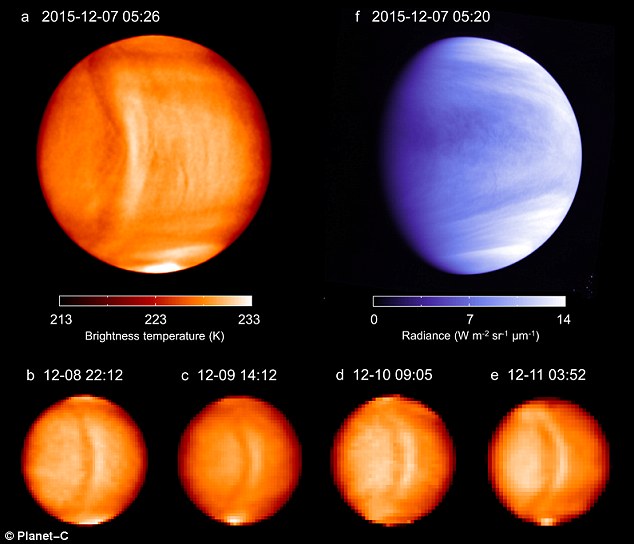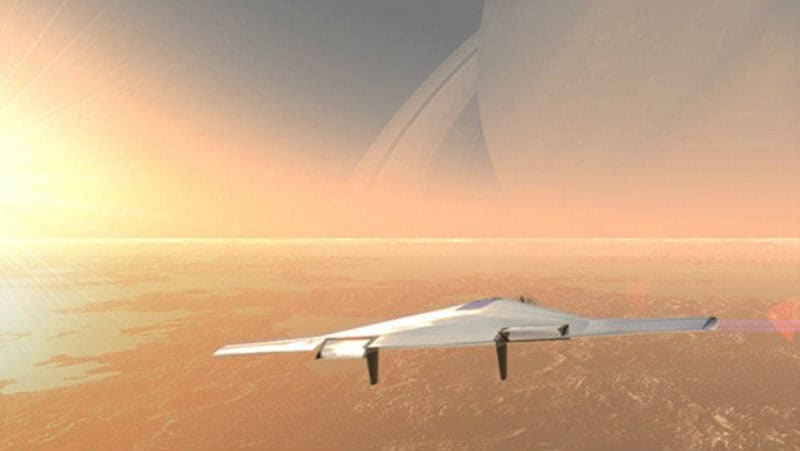WASHINGTON/MOSCOW – Russia’s space program and National Aeronautics and Space Administration are working together on a mission to Venus – described as Earth’s evil twin – to try and uncover its mysteries and look for signs of life.
Venus has a similar mass as of Earth but a toxic, acidic atmosphere.

Called Venera-D, the groundbreaking mission would send an orbiter to study Venus from above for at least three years, plus a lander that will operate for a few hours on the planet’s surface.
An international team of scientists tasked with deciding the main goals of the mission will deliver its final report to NASA and the Russian Academy of Sciences’ Space Research Institute by the end of the month, David Senske of NASA’s Jet Propulsion Laboratory in Pasadena, California, told Space.com.
The mission is believed to be a ‘showstopper’ comparable efforts such as the Curiosity rover.

The project is being led by Russia, and has been under development for over a decade. The Soviet Union, launched a number of probes to Venus from the early 1960s through the mid-1980s, as part of its Venera and Vega programs.
NASA became involved three years ago, when Russia asked if the U.S. space agency would be interested in collaborating, Senske added.
More meetings are planned, including a workshop this May that will inform decisions about the mission’s scientific instruments.
Earth’s Evil Twin
Venus is slightly smaller than Earth but has a similar mass. It is the second closest planet to the sun at a distance of about 67 million miles (108 million kilometres), and takes around 225 days to orbit the sun.
One day on Venus lasts as long as 243 Earth days.

Its thick and toxic atmosphere is made up mostly of carbon dioxide and nitrogen, with clouds of sulphuric acid droplets.
It’s believed that its atmosphere contributed to a runaway greenhouse effect that made the planet inhospitable.
The planet’s extreme high temperatures of almost 480°C (900°F) make it seem an unlikely place for life as we know it.













